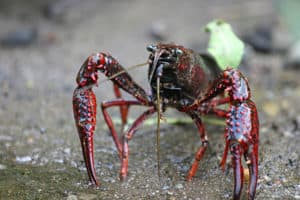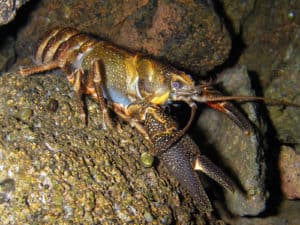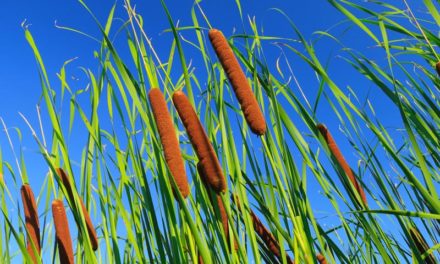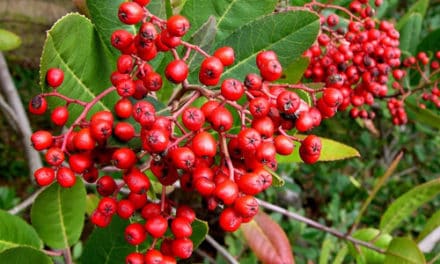 By Jim Moore, Entomologist
By Jim Moore, Entomologist
These are three common names, amongst others, for the same little wild fresh water crustacean that has helped put the state of Louisiana on the world map of fine culinary cuisine. They are actually called ‘Crawfish’ by folks in Louisiana. There, crawfish biologists have done an excellent job of perfecting the skills, and it is almost an art form, of farm raising crayfish on a massive scale, producing over 90% percent of the US commercially raised crawfish.

Folks in Northern California mostly use the names Crawdad, or Crayfish. Nor Cal crayfish farmers, using rice fields, are helping to meet the world’s demand for this aquatic delicacy.
Crayfish farmers are not the only folks involved in supplying the market with crayfish. Private individuals here in California, after obtaining the necessary commercial fishing license, are also providing truly wild caught crayfish to meet the demand. Indeed, some speciality restaurants will only buy wild caught live crayfish. The reason given, is that live fresh caught wild crawfish are more healthy, and tasty, than some farm raised frozen crayfish.
Crawdads, for those folks unfamiliar with them, are small fresh water animals that look like a Maine Lobster, including having two large claws. In Nor Cal, when fully grown they average three to six inches in body length. They live in ponds, lakes, streams, and rivers. They feed on both living and dead plants, and small animals.

Of the 300-400 United States species only nine have been found in California. Of those nine only two species are endemic, native only to California. Of those two, one, the Sooty Crayfish was declared extinct in 1977; and the other, the Shasta Crayfish, Nor Cal’s only endemic crayfish, is critically endangered and is listed under the US Endangered Species Act. The Klamath Signal Crayfish is also native to California, and to other western states, and is not endangered. The six other crayfish species have been introduced into the waters of California.
It is these introduced species that most Nor Cal crawdad connoisseurs are familiar with. These species include the Red Swamp Crayfish, and the White River Crayfish, the two main commercially raised crayfish; and also the Signal Crayfish, and the Virile Crayfish.
For those folks who would like to ‘fish’ for crayfish here in Nor Cal, for personal consumption, or for ‘real fish’ bait, you will need to first obtain a California fishing license. Once you have your license there is no limit on how many crawdads you can catch, and crawdad season is open all year. Crawdad hunters will need to check the latest California Freshwater Fishing Regulations booklet to find out what lakes, streams, and rivers are currently closed to crawdad fishing, so as to protect our own native endangered Shasta Crayfish. Live Crawdads should never be released anywhere but where they were caught.
The methods of catching crawdads in California are limited to: catching by hand, using a dip net, hook and line, and regulation sized crawdad traps. The location where you fish, such as shallow mountain streams, or deeper lake enviroments, may determine which method will work best.
I would suggest newcomers to crawdad fishing first get some good advice from any friends you know who are already accomplished crawdad fishers. Or just go online and study up a bit on tips and tricks, and the finer skills of catching crawdads. There are plenty of helpful You-tube videos. Reading up on the biology of crawdads will also help; and you will learn why they are also sometimes called Mud Bugs! And remember to take your kids!
Also check online for some recipes, such as: Louisiana Crawfish Cajun Boil, or Crayfish Jambalaya, Crayfish Dip; and many more. Also, a word of caution: never eat sickly looking crawdads, or those that die before you cook them. And for the less adventurous, there is always that special restaurant or market where crayfish may sometimes be found.











